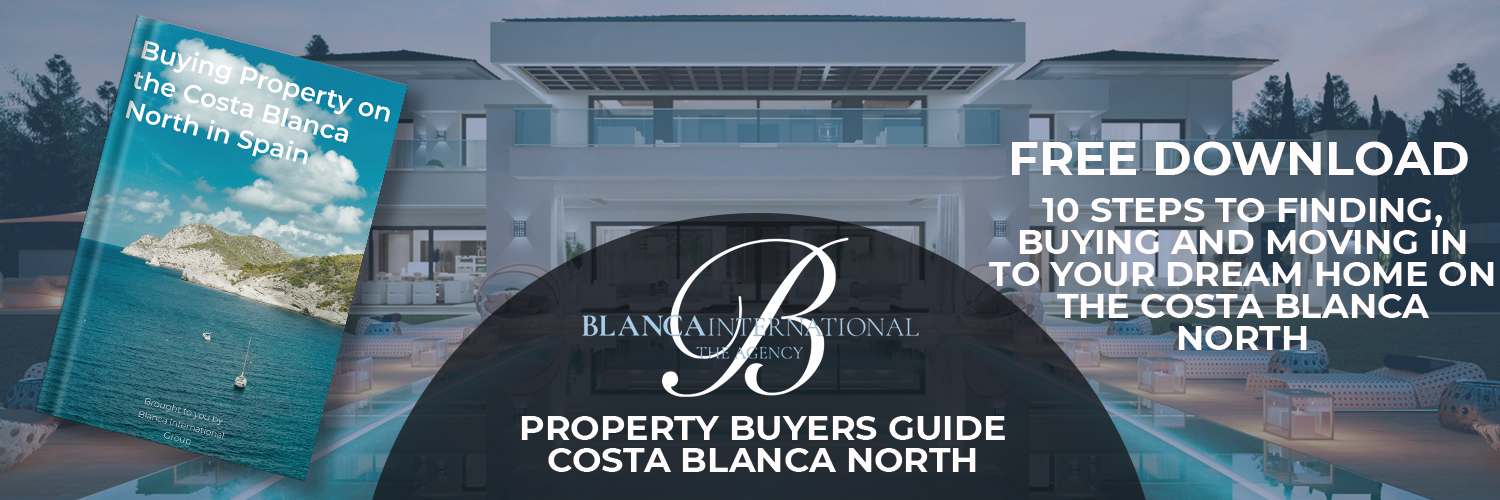The bonfires of Saint John – known in Valenciano as Les Fogueres de Sant Joan – is by far the most popular festival in Javea.
For 15 days in June, Javea locals take their tables and chairs into the streets as they celebrate the start of summer among fireworks, family and traditional songs they’ve sung their whole lives.
The pyromaniac pinnacle of Les Fogueres de Sant Joan is the Nits dels Focs (Night of the Fires) where Javea residents jump over bonfires, get soaked by firefighters and are chased through the old town streets by firecracker-wielding ‘demons’.
The bonfires of Saint John are undoubtedly a Javea festival you won’t forget.
Read on to find out more.
Foto credit: Xabia.org
Also read: Javea Festivals
When are Les Fogueres de Sant Joan in Javea?
The bonfires of Saint John festival in Javea typically take place for 15 days leading up to the feast day of Saint John the Baptists – on 24th June.
Where are Les Fogueres de Sant Joan in Javea?
The main events take place in the old town of Javea – and in particular the Plaza de la Constitución – but there will be parades in the port area of Javea and the Arenal as well.
What are the highlights of the Les Fogueres de Sant Joan in Javea?
Depending on your taste:
- The proclamation of the Queens of the festival and the parades of school leavers through Javea streets in traditional fallero attire – for anyone with a child at a local school in Javea, these will be the events to watch.
- Bull-running events for a whole week in the car park of Javea’s Estación de Autobuses.
- The Nits del Focs (Night of the Fires) with bonfire-jumping, the burning of old furniture and the spectacular Correfocs – this event has been declared a Festival of Cultural Interest by the Valencian regional government, and takes place on the night of 23rd June.
- The burning of a giant polyurethane sculpture on the feast day of Saint John (Dia de San Juan) on 24th June.
The Festival of Les Fogueres de Sant Joan in Javea
The Bonfires of Saint John are called the Hogueras de San Juan in Castellano Spanish and Les Fogueres de Sant Joan in Valenciano.
Among all religious festivals in Javea, the Fogueres is the one with most conspicuous pagan roots – due to both the dramatic bonfires and the date surrounding the summer solstice.
Despite the ancient tradition, Javea’s version of the Fogueres de Sant Joan dates back to 1950 when locals decided to put a local twist on Valencia’s iconic Fallas festival. From Valencia come the traditional fallero attire, the spectacular ninots sculptures and the traditional songs in Valenciano.
Due to widespread popularity, by 1951 the following events featured in the festival:
- The naming of the festival Queens by popular vote
- The running of bulls (bous al carrer)
- The offering of flowers to images of Saint John in Javea
- Parades of the ninots (sculpted polyurethane figurines) as well as grapes and figs
- The Nits dels Focs where locals danced with crowns of myrtle flowers around a large bonfire of old furniture
- Tournaments of Valencian handball (raspall or pilota valenciana)
- The ceremonial burning of featured sculptures (cremá)
Los Quintos
By 1984, all local school children who turned 18 (and were due to leave school that summer) became the protagonists of the Les Fogueres de Sant Joan festivals in Javea. These school leavers are called the Quintà in Valenciano.
They have the privilege of a cena de gala (gala dinner event) where they parade in pairs before the Queen of the festival appears.
A few days later, this Reina will start off the festivals by shouting from the balcony of the Javea Town Hall to invite all neighbours and visitors in Javea to come out and enjoy the festival of Saint John.
During the Fogueres de Sant Joan festivities themselves, the school leavers appear on stages at numerous times for celebrations, they parade through Javea’s town streets, and are the first line of dancers around the bonfire of old furniture on the Nits dels Focs.
While the Quintos and Quintas take a major role, behind the scenes the network of Penyes (traditional associations who typically own or rent a building in Javea old town) and the Comisión de Fiestas de Fogueres de Sant Joan organise the fireworks, the music events, the programmes and drinks.
La Nit dels Focs
The Night of the Fires is the climax of the San Juan fiestas.
The Penya L’escaldà is the association in charge of the fire and fury of 23rd of June, which starts the ignition of six bonfires along the streets of Javea’s old town.
If you’re near the Policía Local station at 11pm on 23rd June, you’ll be absorbed in the huge crowd who march with drums as they jump over each bonfire with crowns of myrtle flowers.
At the end of the march, you arrive at the giant bonfire of old furniture on the Avenida de Pamela where it’s customary to toss your crown of flowers for good luck. Don’t forget to ask for a wish before your crown of flowers is burnt up in the flames!
It is typical for the quintos dancing around this bonfire to shout ¡este bombero no tiene manguera! (here’s a fireman who has no hose!) and subsequently get a jet of water that soaks everyone around.
(Note: it is also customary for Javea locals to also dip their toes in the sea at midnight on the eve of Saint John’s day, and throw their crown of myrtle flowers into the sea after the seventh wave while asking for a wish.)
But the Nit dels Focs is not over yet.
Festival goers will now gather on the Avenida de Valencia as masked demonis (‘demons’) appear from nowhere and begin to spray the crowd with firecrackers. Another parade begins accompanied with drums, fireworks rattling overhead, underneath and to all sides until arriving at the Plaza de la Constitución.
Many of the demons will be riding a bicycle with a metal bull’s head on the front and firecrackers spurting from its horns.
At the Plaza de la Constitución prepare for another huge fireworks display with beating drums and festival goers shouting ¡No ni han cohets! (I can’t see any fireworks!) before getting a face full of sparks.
Finally, on 24th June, the huge sculpture that’s been sitting in the Plaza de la Constitución will be burnt. This work of art is full of colour and made from polyurethane, as its numerous figures satirise events that have happened in Javea over the past year.
Les Fogueres de Sant Joan – early June until June 23rd
Here’s an overview of what to expect in Javea from early June until June 23rd
- Young 18-year-olds parade through the streets of Javea in full fallero attire and in pairs.
- Proclamation of the Queen and Dames of the fogeures festival in the Plaza de la Constitución
- Ping pong tournaments
- Valencian handball (raspall or pilota valenciana) tournaments
- Orchestras and mobile discos until 4am
- Bull running and the creation of the Baret dels Bous tent in the Estación de Autobuses
- Paella tournaments
- Javea locals dining on tables and chairs in the streets
- Numerous penyes across the Javea old town open their doors to celebrate drinks with members of the association
- A giant sculpture and many ninot sculptures made from polyurethane and satirising the year’s events in Javea in the Plaza de la Constitución
- Flower offerings to Saint John in the Plaza de la Iglesia
- The Nit dels Focs on 23rd June
Dia de San Juan – June 24th
- A despertá or ‘wake-up’ event at 8:30am in the Javea old town
- Another parade of that years quintos at 10am
- Solemn mass in honour of Saint John at 12pm at the Iglesia de San Bartolome followed by a fireworks display in the Plaza de la Constitución
- Photographs of the quintos with music in front of the central figure in the Plaza de la Constitución
- Burning of the ‘children’s bonfire’ in the Plaza del Convent
- Flaming firework castle and burning of the main foguera sculpted figure at midnight in the Plaza de la Constitución
- Orchestra and/ or mobile disco until the early hours


